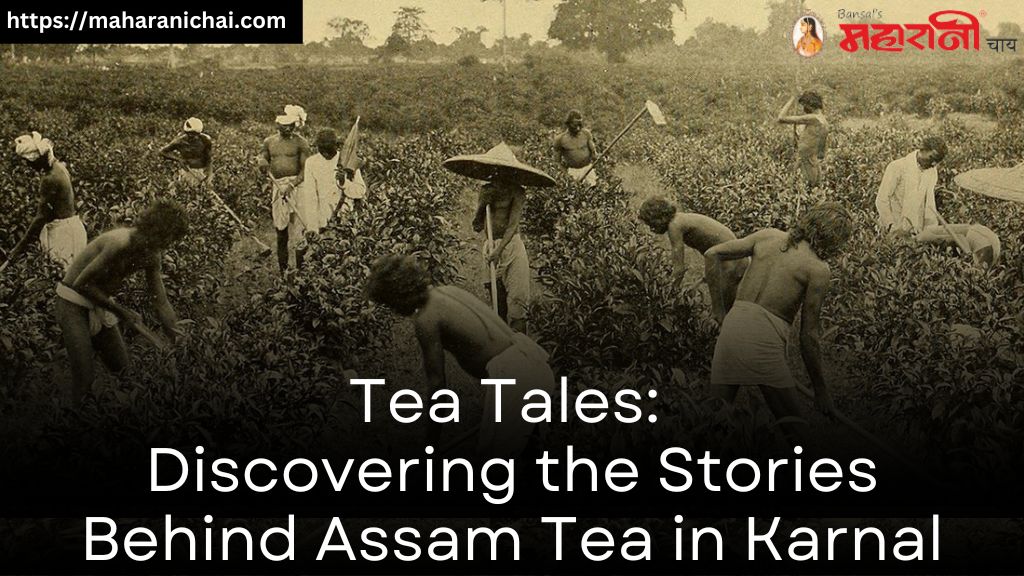India is bestowed with lush green tea plants are Assam and Darjeeling, where Assam produces the second most tea in the world. But do you know that your aromatic cup of Assam tea in Karnal carries a tale? Today, Maharani Chai brings to you the well-brewed story behind the Assam tea beverage.
The Lost Legend
According to legend, Assam has produced tea for 160 years. However, Assamese Singpho people started preparing tea before it was discovered. They had no idea, though, that it was indeed tea. The discovery of a plant resembling tea by British explorer Robert Bruce in the Chabua district’s forests in 1821 marked the beginning of tea history. It all began when Robert Bruce made the discovery of tea on his voyage to Assam. Due to his strong relationship with Bruce, Maniram Dutta Barua, also known as Maniram Dewan, was the first to advise Bruce about the tea trees cultivated by the Singpo people. These plants are no longer indigenous to the forest. Today, one can find Assam tea in Rohtak and other parts of the country.
The Best Advice Ever
He and his brother, Charles Alexander Bruce, were introduced to Bessa Gam, the Singpho local leader, by Maniram Dewan. Bessa Gum handed Bruce a sip after demonstrating to him how the tribesmen produced a beverage from this shrub’s leaves. The Singpho people called the tea Phanap. The term Assam tea in Sirsa did not yet exist at that time. Maniram Dewan took the Bruce brothers to see the tea farms that were already in operation because they were both curious about learning more about and harvesting these leaves. They sent a message to the British East India Company after learning that the area was rich enough for plantations and that thousands of tea leaves were produced there. In Assam, the British East India Company started a massive tea plantation in the early 1820s. The British created the first tea plantation in Upper Assam’s Chabua in 1837. It’s thought that the term “Chabua” comes from the region where tea was initially produced. Bua is a plant, and cha is tea.
The Initial Years
Today, a range of Maharani Chai such as the Maharani Green Tea – Natural 25 Tea Bags have become a household necessity. But this wasn’t the case initially. The British East India Company initially had no success in growing tea. However, after doing a lot of research, they decided to use the Guti Puli and Cloning plantations. It is well known that the British imported tea saplings from China. Only 80 to 90 of these 2000 saplings could be saved, as the Chinese tea saplings were unable to withstand the extreme temperatures in the Assam region. However, the British started cloning these plants when they discovered that numerous tea trees were native to the Assamese jungles. Later, the Tocklai Tea Research Institute was founded in Jorhat in 1911. Following that, the British began growing tea properly and systematically. It is also known that the largest tea research facility in the world is the Tok Lai Tea Research Institute. Soon, Assam tea in Sirsa became a dime-a-dozen.
Thanks to them, today, Assam tea in Karnal is one of the most widely-cherished beverages in the world. Place an order to experience the tangy zest with your favorite beverage with Maharani Green Tea – Honey Lemon – 25 Tea Bags.

